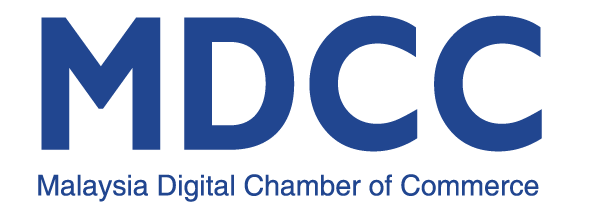The Philippines is continuing to rely on e-commerce and the digital economy to manage its economic recovery in the aftermath of the Covid-19 pandemic. With brick-and-mortar businesses being hit by lockdown measures, the Philippines’ e-commerce sector has seen a surge in the midst of the pandemic. As a result, the Philippines acknowledges the significance of e-commerce and the digital economy as key engines of growth and economic recovery.
According to data from the Philippine Department of Trade and Industry (DTI), e-commerce contributed 3.4%, or US$12 billion (PHP599 billion), to the country’s GDP in 2020. The Philippines’ current goal is to increase e-commerce revenue to US$17 billion (PHP850 billion), or 4.3% of GDP, by 2021, and to US$24 billion (PHP1.2 trillion), or 5.5% of GDP, by 2022.
The DTI also intends to increase the number of e-commerce businesses from 500,000 in 2020 to 750,000 by 2021 and one million by 2022. An economy reports also ranked the Philippines second, after Indonesia, in terms of e-commerce adoption last year. The Philippines’ economy is said to be consumer-driven. The Philippines’ domestic market is very appealing, with a population of 109 million people, 49 million of whom work.
Despite falling one notch from last year’s ranking in the Global Innovation Index (GII) report, officials from the Department of Science and Technology (DOST) said this is still an accomplishment. “Although (the Philippines) GII ranking of number 51 among 132 countries is a step backwards from the upward trajectory since 2014, we believe we are still an innovation achiever. Even if the innovation input went down from 70 to 72, the innovation output went up from 41 to 40,” DOST Undersecretary stated in a virtual presser.
The government introduced the Philippines E-Commerce Roadmap 2022 earlier this year to boost the e-commerce industry, with the ultimate goal of creating an e-commerce ecosystem that drives industry development, long-term employment, and inclusive growth.
OpenGov Asia in an article reported that as Filipinos adapt to digital technology in the midst of the pandemic, the Philippines Trade Secretary believes the country will be the next technological leader in Southeast Asia. “The Department of Trade and Industry (DTI) agrees with the Digital Pilipinas Movement that the Philippines has the potential to be a technological leader in Southeast Asia in the future. And, like everyone else here, we know that this can only be accomplished through a whole-of-society approach, that is, all of us working together to rebuild better in the post-pandemic tomorrow,” he said at the Digital Filipinas Movement’s launch. He also cited encouraging statistics demonstrating that the country is “built for e-commerce.”
Last year, the DTI’s Business Name Registration System (BNRS) revealed a significant increase in the number of online sellers who registered their businesses. The number of online businesses registered increased from around 1,700 in the first quarter of 2020 to around 88,000 by the end of 2020, up from around 1,700 in the first quarter of 2020.
As evidence of the expanding e-commerce market, the BNRS statistic tripled to 381% in the first quarter of 2021. Regionally, the DTI encourages Philippine businesses to participate in ASEAN and international virtual trade platforms in order to increase business-to-business (B2B) interactions.
In addition to expanding the country’s economic growth, the Philippines remains committed to working with ASEAN member states to support e-commerce and the region’s larger digital transformation agenda, as well as the implementation of the ASEAN Agreement on Electronic Commerce, which is scheduled for this year.




Leave a Comment